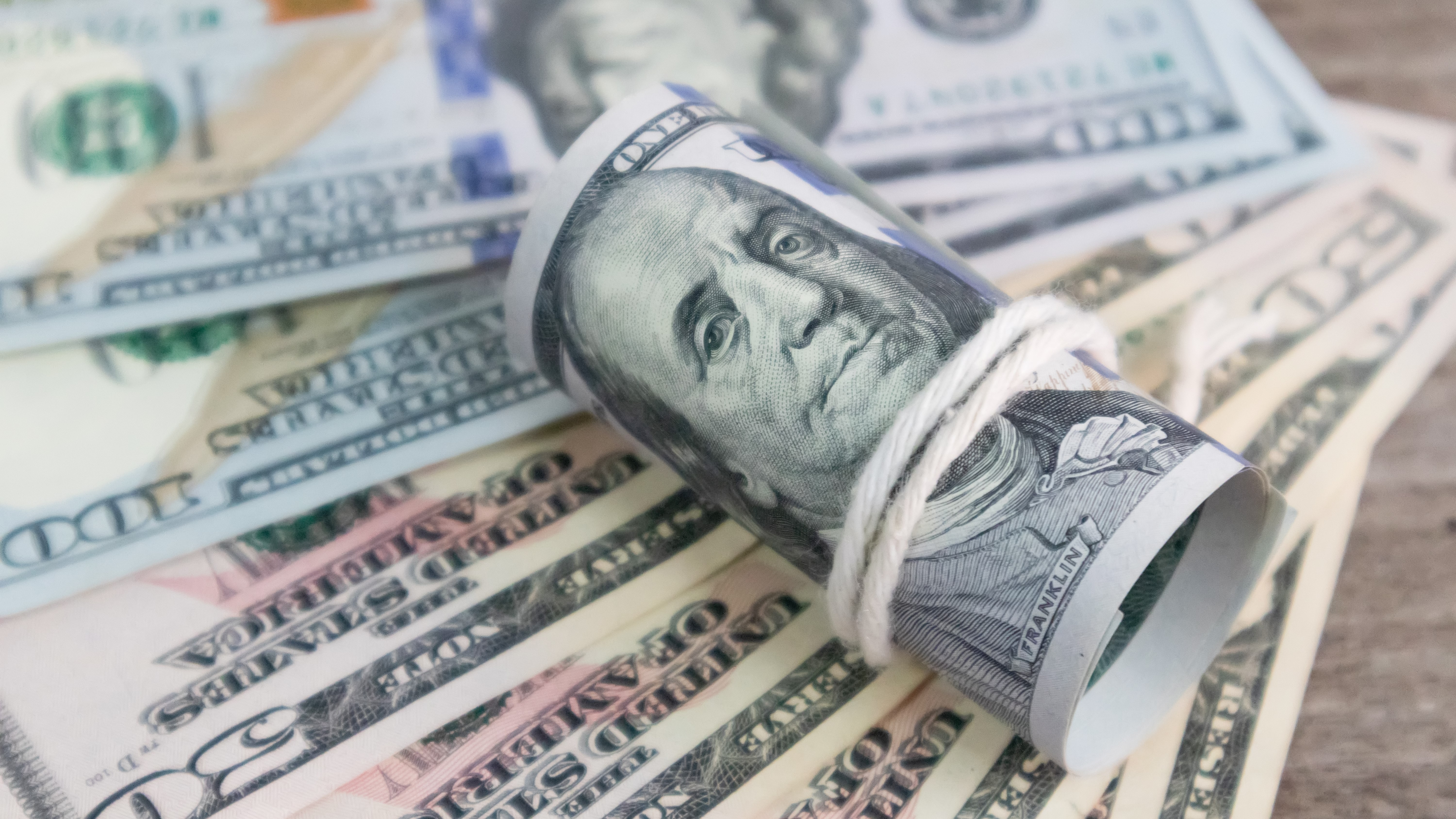The US cities whose residents have taken on the most debt during the coronavirus pandemic have been revealed, as millions of struggling Americans continue to borrow more through their mortgages and credit cards just to make ends meet.
Although job losses and reduced working hours have heaped pressure on household finances across the US in the past year, it is those living in Winston-Salem, North Carolina, who have been forced further into debt than any others. Residents of Baton Rouge, Louisiana, were not far behind in the amount of debt they’ve been forced to take on just to pay bills and buy everyday necessities, and were themselves followed closely by inhabitants of Corpus Christi, Texas.
In compiling the list of where people have needed credit the most, WalletHub compared the 100 most populated cities in the US across 20 key metrics, including rises felt in mortgage balances, credit card debt, and utilization rates on lines of credit. The additional debt being taken on through student and auto loans was considered too, although one notable omission from the survey was how often people were turning to payday loans, which are widely acknowledged among the riskiest forms of borrowing.
| Overall rank | City | Score |
|---|---|---|
| 1. | Winston-Salem, NC | 41.28 |
| 2. | Baton Rouge, LA | 41.27 |
| 3. | Corpus Christi, TX | 40.98 |
| 4. | San Bernardino, CA | 39.89 |
| 5. | Glendale, AZ | 38.18 |
| 6. | Orlando, FL | 37.10 |
| 7. | San Francisco, CA | 37.04 |
| 8. | Garland, TX | 36.11 |
| 9. | Jersey City, NJ | 35.72 |
| 10. | Oklahoma City, OK | 35.57 |
The findings make for uncomfortable reading, particularly as the cities that were found to have taken on the least debt all recorded significant increases in the levels of credit being sought. Scottsdale, Arizona, appears to have emerged the least affected so far, but still saw their score rise markedly.
| Overall rank | City | Score |
|---|---|---|
| 100. | Scottsdale, AZ | 17.82 |
| 99. | Spokane, WA | 18.48 |
| 98. | Portland, OR | 19.12 |
| 97. | Mesa, AZ | 20.00 |
| 96. | Minneapolis, MN | 20.23 |
| 95. | Hialeah, FL | 20.28 |
| 94. | San Jose, CA | 20.39 |
| 93. | Fresno, CA | 21.35 |
| 92. | Boston, MA | 21.69 |
| 91. | Stockton, CA | 21.79 |
How are people borrowing?
Among the 10 most affected cities, mortgage debt saw the highest average percentage increase, with home owners either taking out a refinance mortgage to raise funds, or making use of lines of credit available through home equity loans. Credit card debt has seen the next biggest increase, and in some cities card use has more than doubled - indeed, in Winston-Salem the average number of credit cards for every 1,000 people with a credit report has soared by over 105% since COVID-19 took hold.
In terms of credit utilization rates, those living in the worst impacted cities are now using on average 57% of their available credit from HELOCs (home equity lines of credit), compared to 42% of the available credit from credit cards, and 41% from other lines of credit. To put some perspective on the numbers, the ideal credit utilization ratio is less than 30%. A higher utilization ratio can impact the health of borrower’s credit scores too, and could leave some looking to credit repair services if they start to be rejected for loans as a result.

Is financial help on the way?
The arrival of President Biden in the White House has brought fresh urgency to getting relief out to struggling Americans, and the biggest hope for many is that the third stimulus check will get swift passage through Congress and start landing in bank accounts soon. However, with the timing and size of any additional stimulus still unclear, Jill Gonzalez, WalletHub analyst, says that “if waiting is not a possibility, consumers should enter into debt a small amount at a time so that they don’t take on more than they need.”
“The first COVID-19 stimulus payments were an extremely big help to Americans in debt. For example, during the first three quarters of 2020, we saw the highest credit-card debt paydowns in decades,” she adds. “Many people have now received an additional $600 stimulus payment. The second stimulus payment is smaller than the first, but it should still prove helpful and allow people to pay down additional debts if they don’t need to use it for everyday expenses. However, these aggregate figures do not mean that people are not suffering due to the economic damage brought by the pandemic.”
For those out of work, state unemployment benefits are currently being supplemented by an additional $300-a-week Federal payment, and could rise to $400 weekly under plans put forward by President Biden. Also at the request of the new Administration, the option to request mortgage forbearance has recently been extended to the end of March, as has the eviction ban on renters. Those struggling to meet personal loan and credit card payments are also encouraged to continue approaching their lenders too, rather than missing payments without seeking help.

